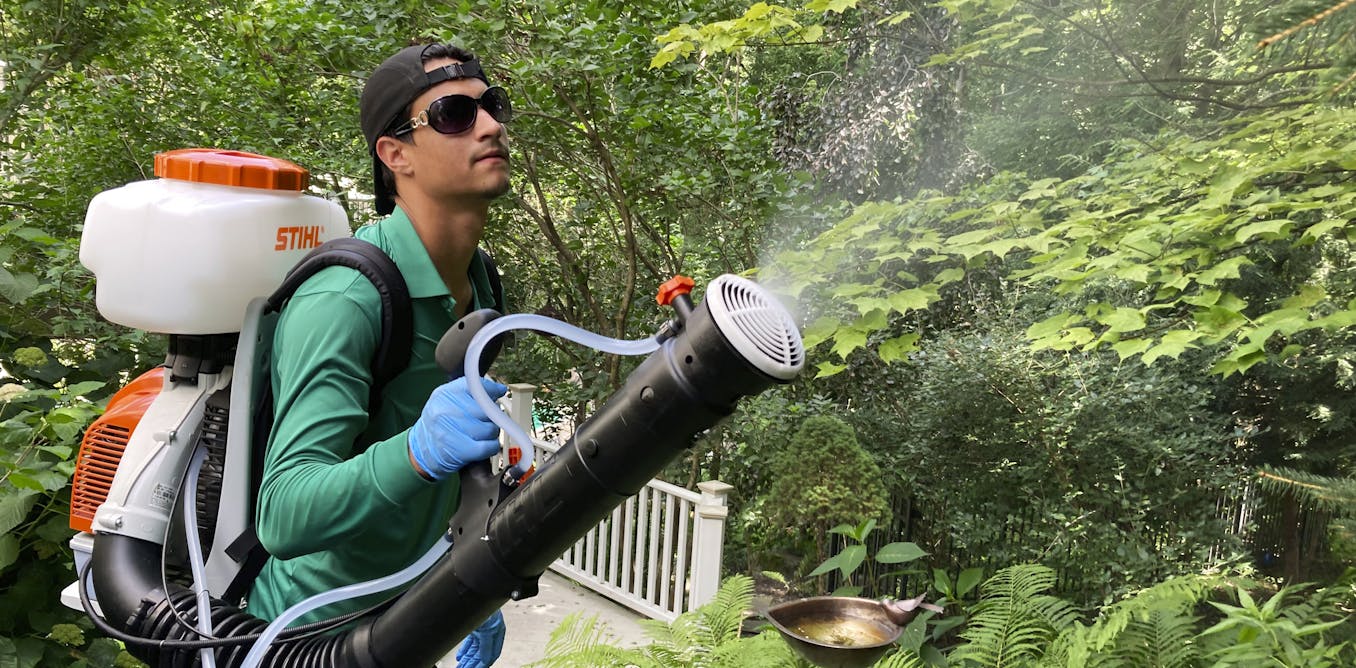Unveiling the Science: How the EPA Ensures Pesticide Safety for Your Home
Every year, the U.S. Environmental Protection Agency (EPA) evaluates hundreds of pesticides to ensure they meet strict safety standards before reaching homes, gardens, and farms. Through a multi-layered scientific review process, the agency assesses potential risks to human health and ecosystems while balancing agricultural productivity. Here’s how the EPA’s rigorous protocols protect families and the environment from harmful chemical exposures.
The EPA’s Multi-Phase Pesticide Approval Process
Before a pesticide enters the market, manufacturers must submit extensive data to the EPA, including toxicity studies, environmental impact assessments, and residue analyses. The agency’s review spans 3–5 years on average, with only 1 in 10,000 chemicals passing all stages. Key phases include:
- Laboratory Testing: Evaluates acute and chronic effects on humans, wildlife, and aquatic systems.
- Field Trials: Measures real-world efficacy and environmental persistence.
- Risk-Benefit Analysis: Weighs agricultural necessity against potential harm.
In 2023, the EPA rejected 12% of proposed pesticides due to unacceptable risks, according to its Annual Pesticide Registration Report.
Cutting-Edge Tools for Risk Assessment
The EPA employs advanced technologies like computational toxicology and high-throughput screening to predict hazards faster. For instance, its ToxCast program uses AI to analyze 1,000+ chemicals simultaneously, slashing evaluation time by 40%. Dr. Linda Birnbaum, former director of the National Institute of Environmental Health Sciences, notes:
“These innovations let us identify red flags early—like endocrine disruption or carcinogenicity—before costly field studies begin.”
Balancing Safety and Agricultural Needs
While protecting consumers is paramount, the EPA also considers farmers’ reliance on pesticides for crop protection. In 2024, the agency introduced tiered approvals for low-risk biopesticides, fast-tracking options like pheromone traps. However, critics argue loopholes persist. A 2023 Environmental Working Group study found 28% of EPA-approved home-use pesticides contained traces of neurotoxins.
Real-World Monitoring and Post-Market Controls
Approval isn’t the end of scrutiny. The EPA mandates:
- Annual sales reporting to track usage trends.
- Incident monitoring via its National Pesticide Information Center (1,200+ cases investigated in 2023).
- Periodic re-evaluations, such as the 2024 ban on chlorpyrifos in residential areas.
What Homeowners Can Do
Consumers play a vital role in pesticide safety. The EPA recommends:
- Choosing EPA Safer Choice-certified products.
- Following label instructions precisely—overuse accounts for 45% of poisoning cases.
- Opting for integrated pest management (IPM) techniques first.
As climate change intensifies pest pressures, the EPA’s frameworks will evolve. Upcoming 2025 rules may mandate stricter groundwater protections. For now, transparency remains key. “Check our online database,” urges EPA chemist Mark Johnson. “Every approved pesticide’s data is public.”
The intersection of science, policy, and consumer action ensures pesticides meet modern safety benchmarks—without compromising food security or public health.
See more WebMD Network



